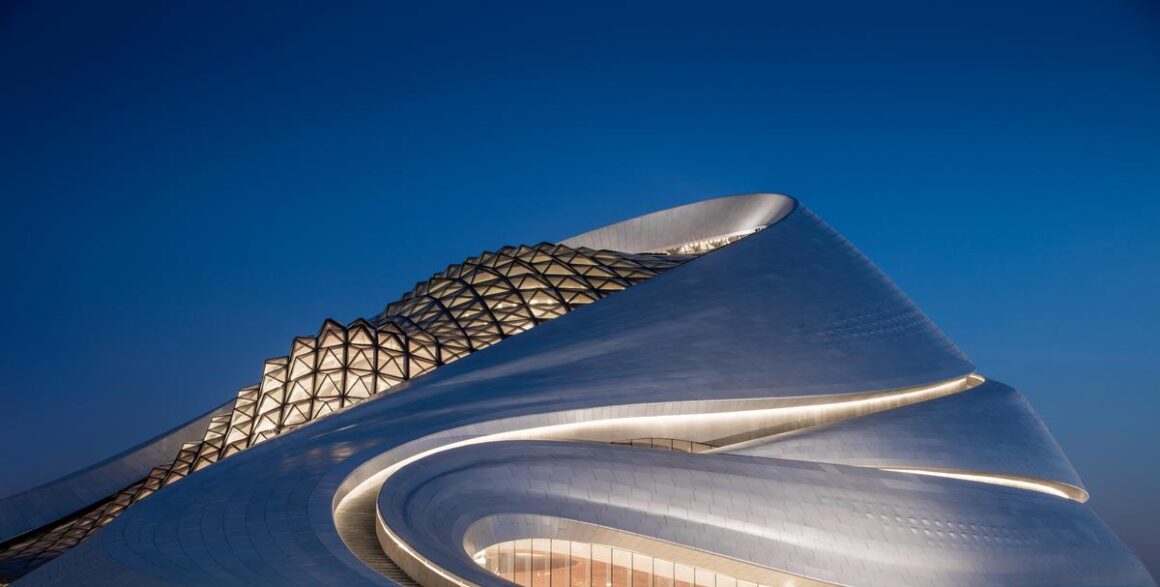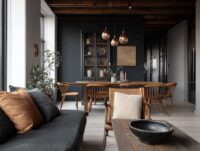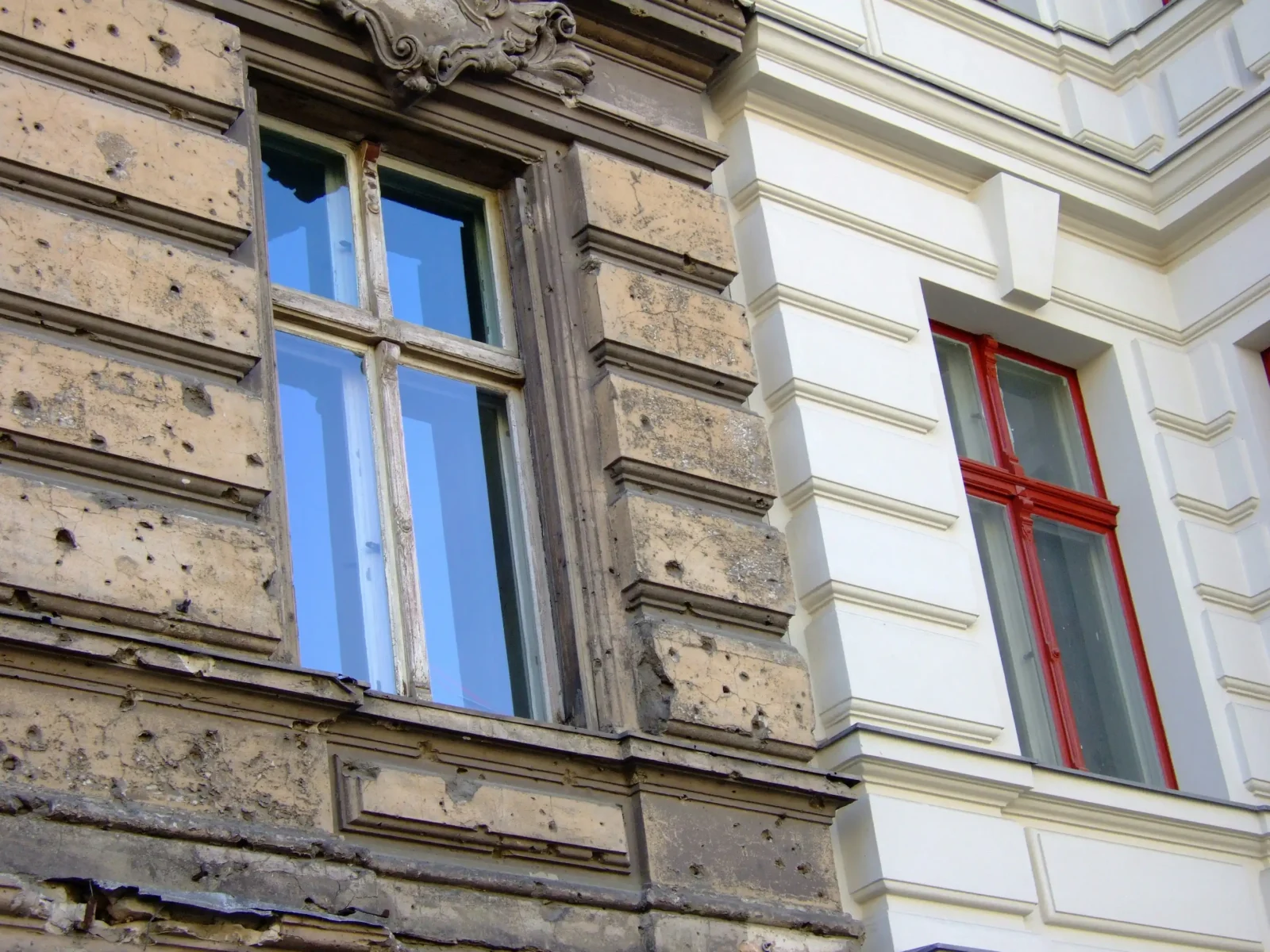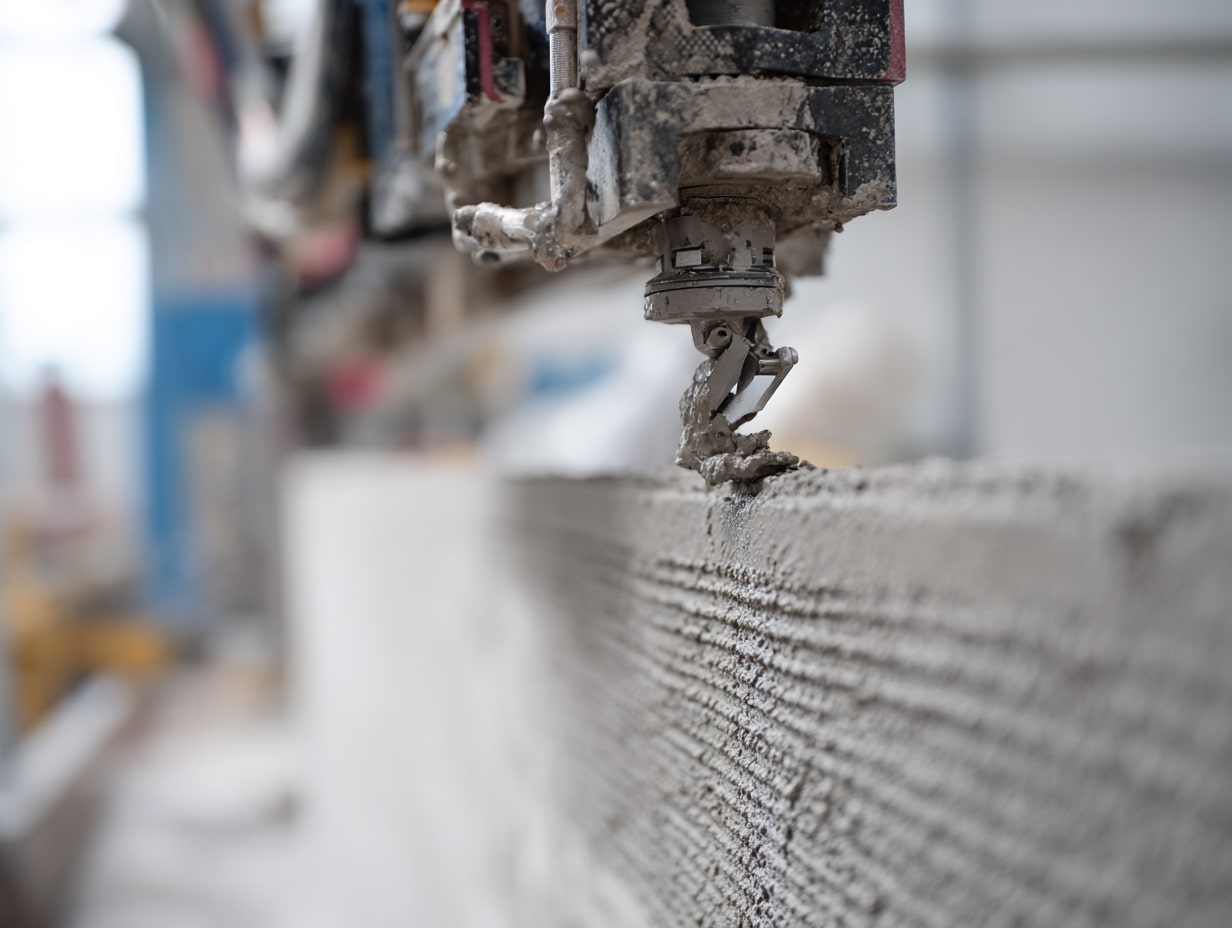- Home
- Articles
- Architectural Portfolio
- Architectral Presentation
- Inspirational Stories
- Architecture News
- Visualization
- BIM Industry
- Facade Design
- Parametric Design
- Career
- Landscape Architecture
- Construction
- Artificial Intelligence
- Sketching
- Design Softwares
- Diagrams
- Writing
- Architectural Tips
- Sustainability
- Courses
- Concept
- Technology
- History & Heritage
- Future of Architecture
- Guides & How-To
- Art & Culture
- Projects
- Interior Design
- Competitions
- Jobs
- Store
- Tools
- More
- Home
- Articles
- Architectural Portfolio
- Architectral Presentation
- Inspirational Stories
- Architecture News
- Visualization
- BIM Industry
- Facade Design
- Parametric Design
- Career
- Landscape Architecture
- Construction
- Artificial Intelligence
- Sketching
- Design Softwares
- Diagrams
- Writing
- Architectural Tips
- Sustainability
- Courses
- Concept
- Technology
- History & Heritage
- Future of Architecture
- Guides & How-To
- Art & Culture
- Projects
- Interior Design
- Competitions
- Jobs
- Store
- Tools
- More

If you have finished your site analysis and you have a command on the site where you will design the building, let’s have look on a few concepts that will help you for the next step!
Table of Contents
ToggleSymmetry
Symmetry has an aesthetic that appeals to people due to its basic instincts. It is positive to see the symmetry that already exists in the organic world and human beings in designs. Symmetry, which is also found in many important and ancient architectural works, can be on the detailing, materials and finishes of the spaces, on the micro scale, section, plan or appearance.

Abstract
Concepts can sometimes give an idea based on a single word in architecture as well as in literature and poetry. The ideas underlying the concepts are often philosophical and question the realities of the world. All the narratives that exist in both architecture and literature are based on utopian and fantastic themes. The abstractness of the concept, which is associated with movement throughout the design, allows people to freely explore their creativity.

Light
Light is one of the basic concepts you can use in architectural design. There are many ways to use and take in daylight. Spatial design with shadow and daylight can be your concept. In addition, you need to consider natural and artificial lighting’s quality for working spaces. We can say that many buildings in history of architecture have been successful in the use of light in buildings.

Bio-mimicry
Biomimicry are forms derived inspired by nature from the word “bios” which means life and “mimesis” which means to imitate. Generally, buildings are real translations of biological organisms. They are also inspired by the work and processes of various flora or fauna.
Architects use biomimicy as a concept to solve building problems and optimize energy efficiency. The natural geometries, patterns, and materials found in the emulated organism are adapted to suit our needs.

Movement
Movements of users can be a good concept depending on the function of the architectural project. For instance, in buildings such as museums and cultural centers, how the user will guide, where to walk and where to stop. What kind of experiences will people passing through the spaces, what kind of circulation will you create? Who will act and in what kind of spatial setup?

Natural Features
What is the place of natural elements in your project site? Think about surrounding trees, rivers, rocky landscapes, vegetation, cliffs, valleys, and more. After a good environmental analysis, natural elements can be incorporated into your project and the concept idea. Find out how you can integrate it in a sustainable and ecological way.

- 3D architectural design
- Abstract
- Architectural Concept
- architectural concept guide
- Architectural Concept Ideas
- architectural design ideas
- architectural drafting services
- architectural project development
- architectural trend ideas
- Architectural Visualization Services
- Bio-mimicry
- commercial architecture planning
- conceptual architectural sketches
- creative architecture concepts
- custom architectural solutions
- futuristic building design
- How to Create Concept
- industrial design architecture
- innovative building designs
- interior architecture ideas
- landscape architecture concepts
- modern architectural concepts
- residential design concepts
- structural design concepts
- sustainable architecture ideas
- symmetry
- urban planning ideas
Submit your architectural projects
Follow these steps for submission your project. Submission FormLatest Posts
How Much Time Does It Take to Install Impact-Resistant Windows and Doors
Introduction Upgrading your home’s windows and doors can feel like a big...
How to Furnish Your New Home in 24 Hours (Without Picking Up a Screwdriver)
The keys have been handed over. The lease is signed. You are...
3D Printed Homes: Time, Cost, and What to Expect
3D printed homes explained: realistic timelines (24–72h walls, 8–16 weeks total), true...
How a Contact Centre Boosts Trust in Your Building Business
In construction, trust is the glue that holds projects together. Clients need...












Leave a comment